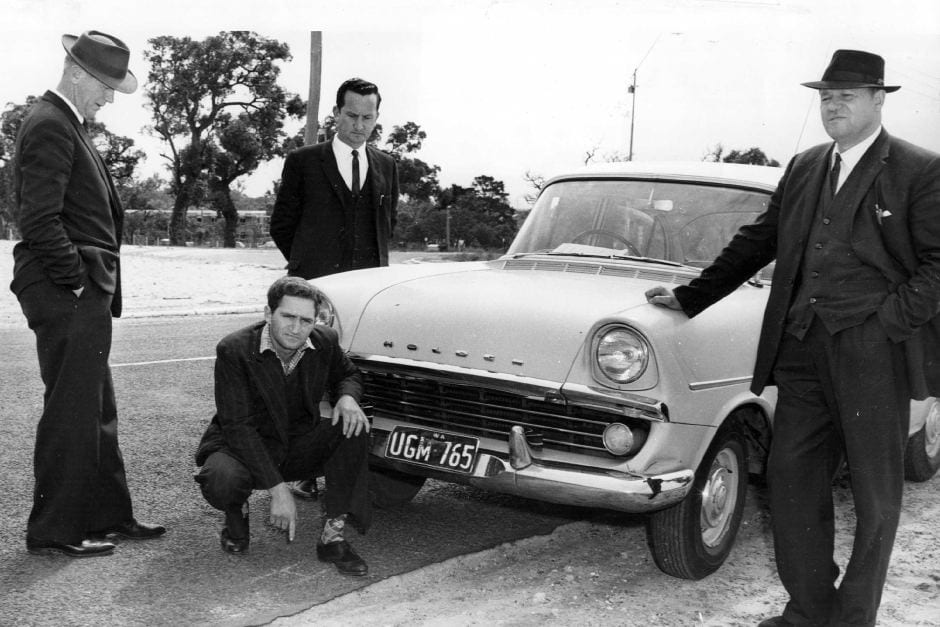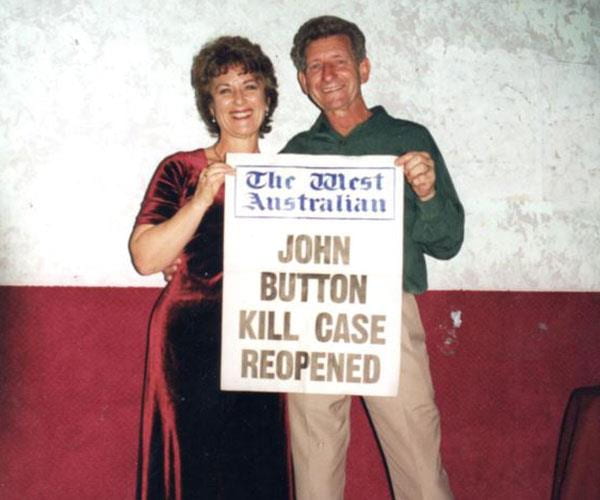Our legal system strives to uphold justice. For a fair trial to occur, there must be enough evidence for either party to prove their beliefs. Although juries are meant to uphold justice, injustice did happen in the case of John Button. This article talks about how justice has and has not been obtained in this process because it is certain principles of justice that were ignored such as innocent until proven guilty and equal treatment before the law.

Many injustices occurred in john buttons case such as equal treatment before the law, which was not followed in his case. The principle of justice – equal treatment before the law, means that anyone accused of a crime has the right to go through an investigation to achieve justice. The result of the crime was that john button was the only one to be charged and nobody else was prosecuted and there was no professional investigation into the crime, however Eric Edgar Cooke a renowned serial killer of the time, was never questioned, despite the fact that he was the cause of Rosemary Anderson’s death. An investigation into the dent on John buttons car may have revealed if the death was caused by hitting a body which would have provided concrete evidence to the case that it was him however the dent in the car was actually from a minor car crash/ding that John claims to have hit just weeks before the incident when leaving a parking lot, this dent in the car that matched the other cars dent presenting clear evidence that it was from a car incident is not from hitting a body. Sadly if the Jury and Judge in Johns’s case had obeyed the principle of justice (equal treatment before the law) and had looked in depth at the evidence he would not have had to waste 30 years of his life trying to prove his innocence.
One was assumed innocent until proven guilty, which was another principle of justice that was breached. The right to feel safe is the meaning of the principle. This is essential to achieving justice because, if an accused person feels intimidated or mistreated, it might negatively affect the verdict of their trial as well as the truthfulness and reliability of the evidence used to support the case. This idea was disregarded when John, was interrogated for hours after the loss of one of his loved ones, and he was overcome with grief. According to a news story, John stated, “At that point, my world came to an end and I was crushed,” also stating “I just had to get away and cry somewhere quiet.” John was forced by police into signing a false statement that was used to convict him by threatening and physically abusing him, this is completely and utterly the opposite of what this principle is set to obtain and it is great that these principles are being closely followed. Until John confessed to a crime he didn’t participate in, the police wouldn’t stop questioning or hitting him in the stomach. This reveals that no protection was offered, and John Button’s right to feel secure was violated.
The burden of proof and the standard of proof was another case of unfairness. This implies that the prosecution is responsible for proving the accused’s guilt beyond a reasonable doubt. To be beyond a reasonable doubt, the prosecution’s proof must be 99.9% certain and free of any presumptions or bias. The compelled statement that John Button signed had a significant impact on the final sentencing in his case. John’s sentence was upheld despite the tremendous amount of evidence that supported his innocence. When Eric Edgar Cooke produced proof-based on police and witness records and made a confession to the hit-and-run killing of Rosemary Anderson, it was still rejected. Evidence that was supported beyond a reasonable doubt was excluded because it was deemed unhelpful to the case, even though 99.9% of the evidence comes from false allegations.

The right to appeal was used as a principle of justice in this case. The accused may testify in front of a panel of three judges if found guilty. The accused tries to either prove their innocence or persuade the judge to reduce/change their sentence. John Button was given the chance to appeal after filing many appeals both inside and outside of prison. Three judges heard his evidence and only that testimony was used to make decisions. Four months after John was sentenced to five years in jail, he filed an appeal (1964). Eric Edgar Cooke, a hit-and-run serial killer who provided explanations that matched police records and witness accounts, offered evidence that helped define this appeal and who the true killer was. John kept on appealing after his release from jail. In 2002, John Button filed his most recent appeal, which resulted in the reversal of his conviction and his release.

It was evident from the evidence provided that the vast majority of injustices outweighed the principles of justice. After a biased, poorly executed investigation, John Button was treated unfairly, beaten into signing a false statement, and found guilty based on questionable evidence that was not proven beyond a reasonable doubt. It is clear that justice was not done in the John Button case due to several instances of injustice and was disregarded for several aspects of justice. On the other hand, John Button eventually received justice in 2002 after winning an appeal. After 33 years of proving his innocence, he was released and given $460,000 in compensation. John is now living with his family somewhere else. In the future, we can only hope that justice is upheld and there are no more instances of injustice, making every case a fair trial for everyone!